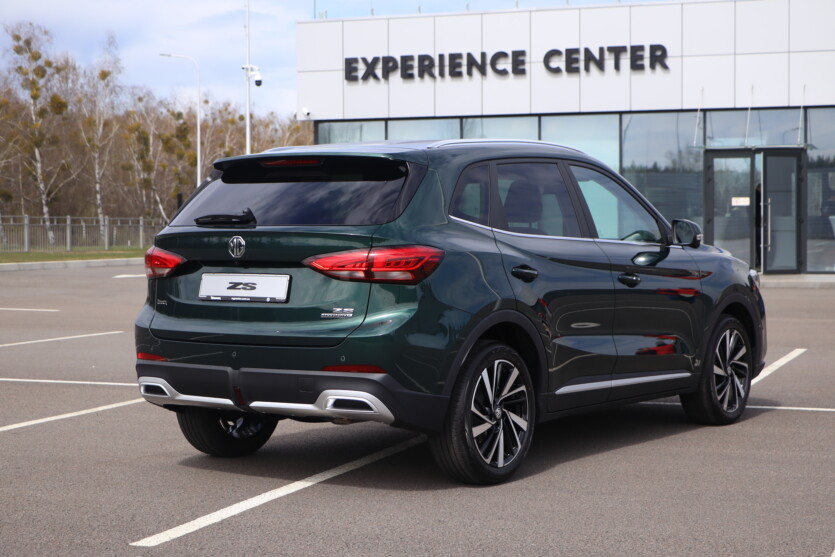
The fresh ZS HEV received the world’s first 3-speed hybrid transmission, 8 driving presets, three levels of recovery and 5 liters per 100 km. As our Chumak ancestors would say, the salt of this car is not in the batteries, but in the principles: HEV+ can operate both as a series and parallel hybrid.
Believe it or not, there is a boom in hybrids in Ukraine. Demand is falling for literally everything: electric trains, «gasoline», and «diesel». But sales of two-engine versions, compared to the first quarter of last year, have skyrocketed by more than 50%. This is exactly what you need to launch sales of any car with the Hybrid prefix in its name. But our hero — is not just another crossover with two different engines, it’s much more complicated. In fact, the Chinese have reinvented the system from the ground up, starting with the layout of the cells in the battery and ending with the octet of the presets.
The MG brand is a great barometer of age. Some of us still remember the MG ZS as a supercharged version of the Rover 45. Which, in turn, was a sporty Rover 400. And that one was a retouched Honda Civic. Moreover, it was already in the XXI century — old-timers will surely remember this sedan during MG’s first entry into the Ukrainian market. But if you have nimble roadsters lurking in the corners of your memory, it’s time to retire.
For the past eight years, the ZS has been a crossover version of the MG3 hatchback. And it is much more successful. It is located at the junction of the B and C classes, where competition has always been at the highest level. But sales, if successful, are significant. Moreover, ZS, unlike other Chinese products, was warmly and joyfully received in Europe. Presently, its circulation is creeping up to one million — for a niche Chinese brand focused on exports, this is a decent value.
Content
Excessive jewelry
It would seem that the third generation has neither added nor taken away anything from the crossover, but only for the inattentive. The balanced appearance of the MG ZS has been slightly modernized and refined with new edges on the sides of the body and a more elongated silhouette, although there are almost no changes in size. There are new narrow LED headlights similar to the MG One, a similarly shaped grille and taillights.
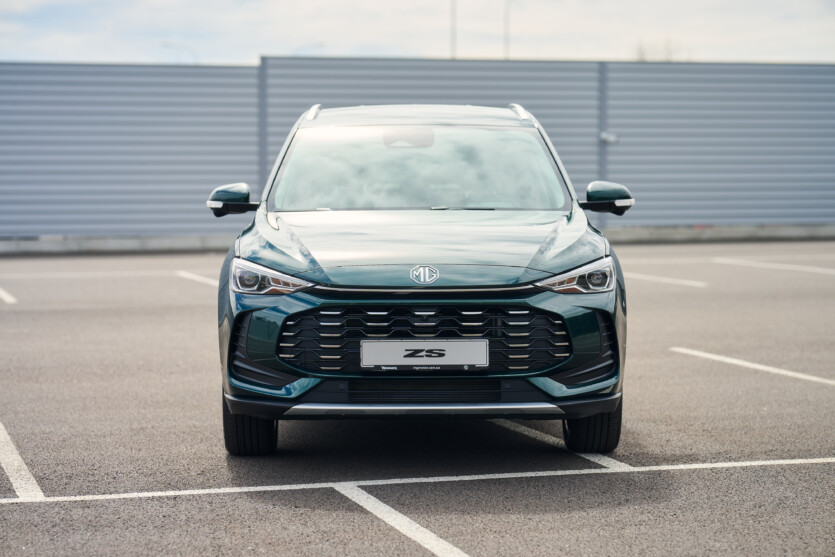
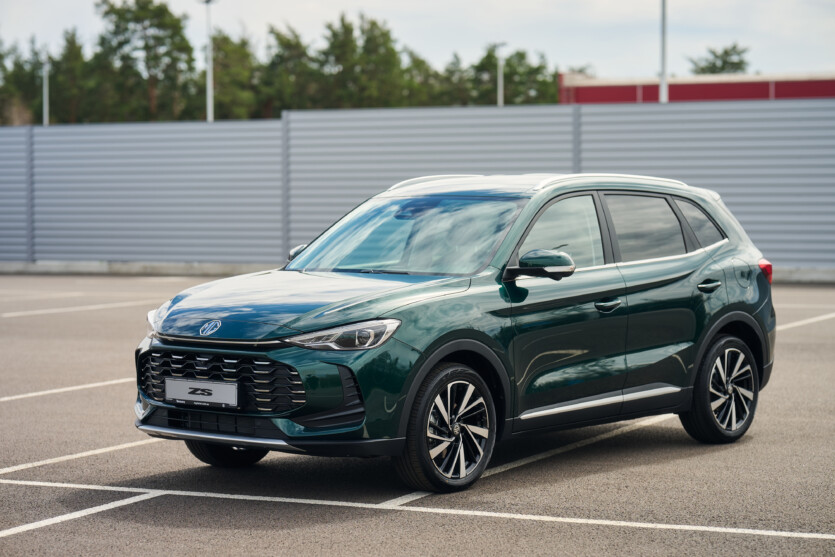

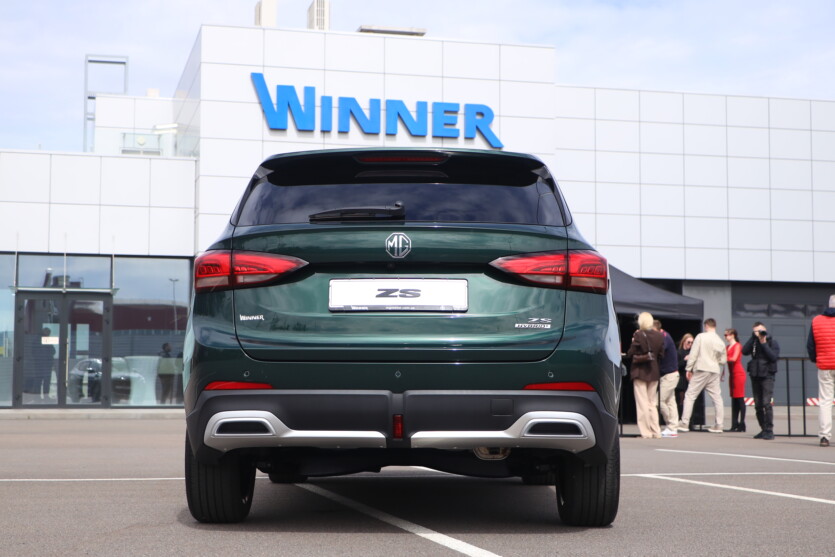

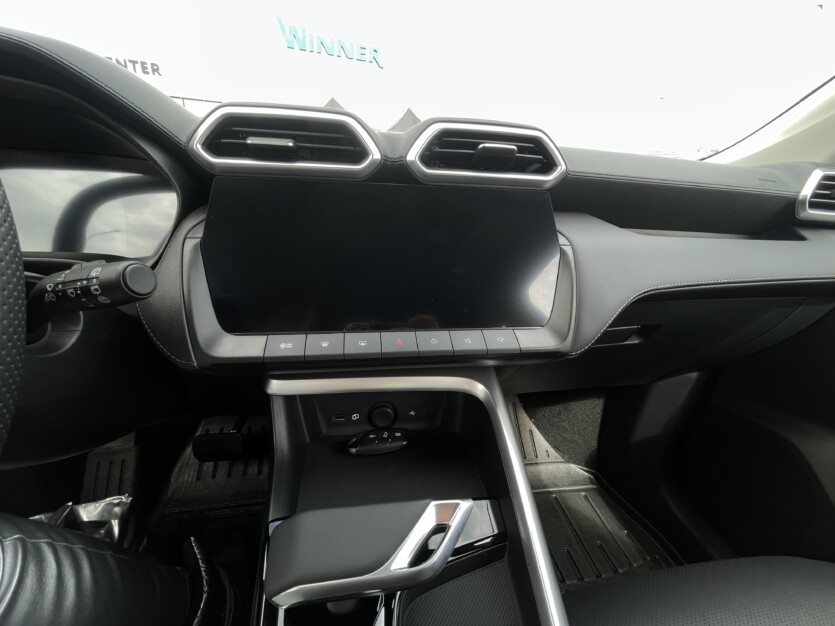
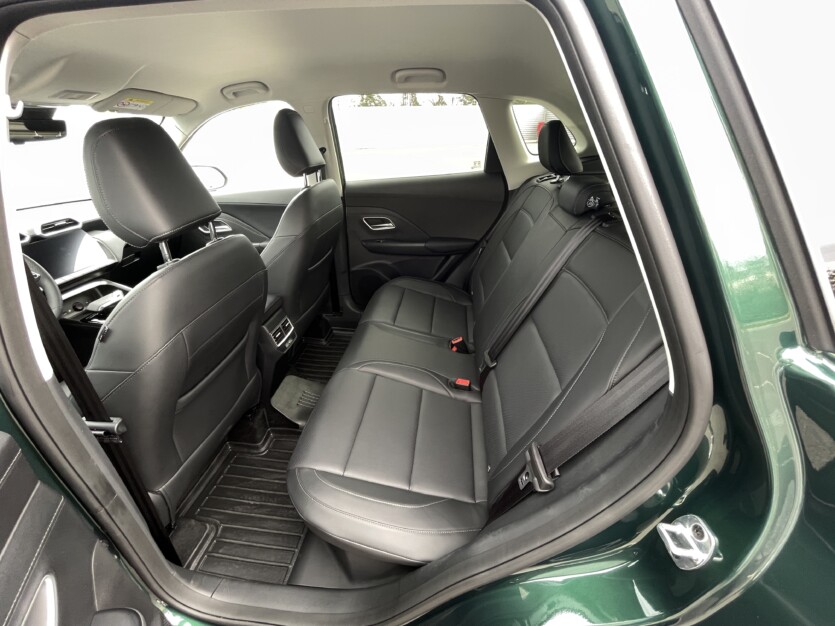
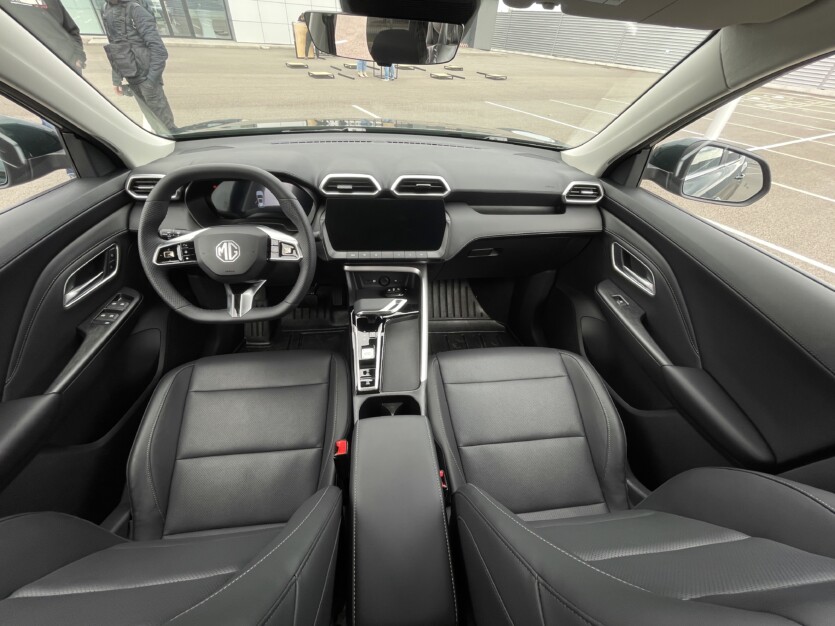
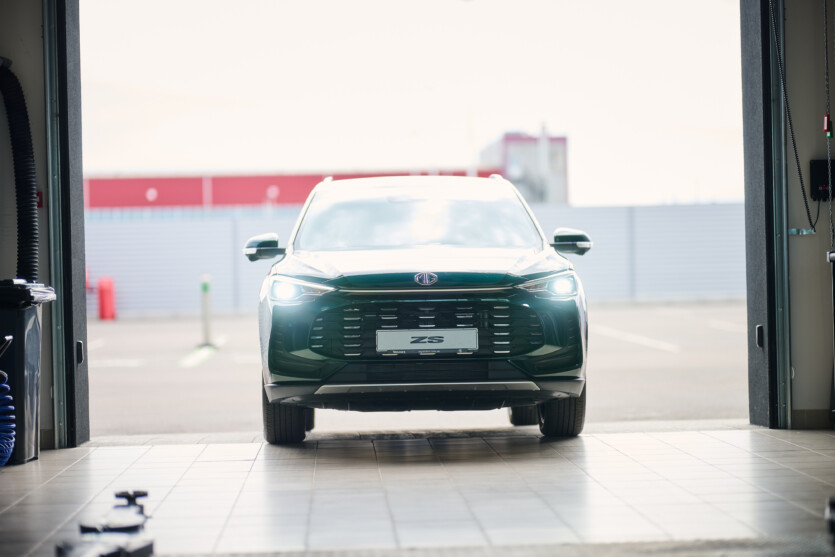
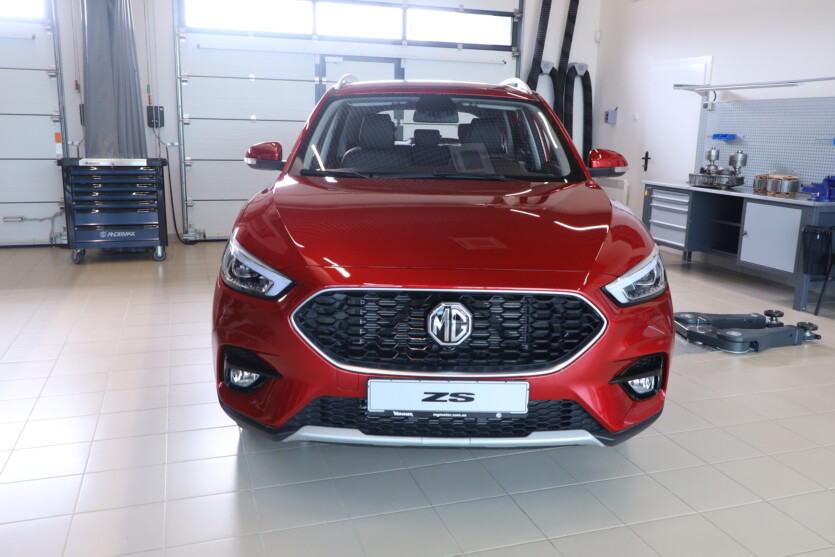

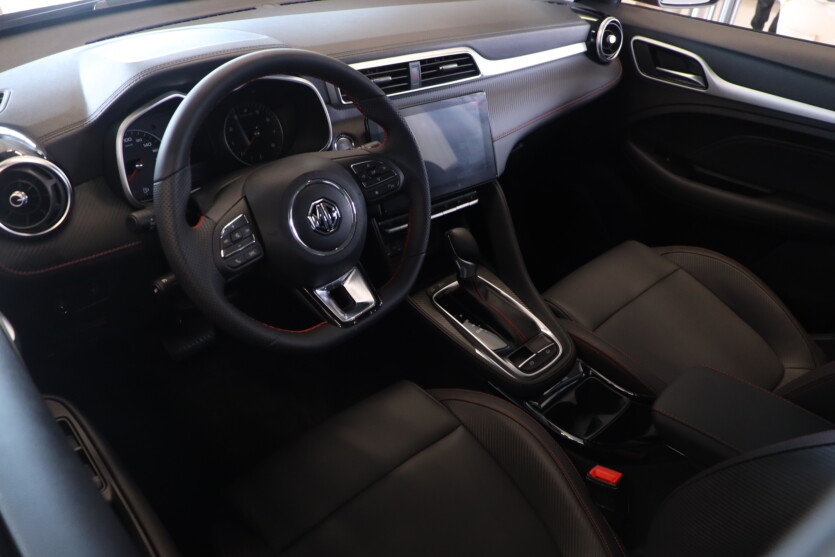
The interior has a fresh architecture: the details have been rearranged, and the materials are of higher quality. The large digital dashboard now has enough information that the electric version lacked. The center multimedia screen has also been enlarged. The offer now includes a dark black interior in combination with white seat upholstery and torpedo details.
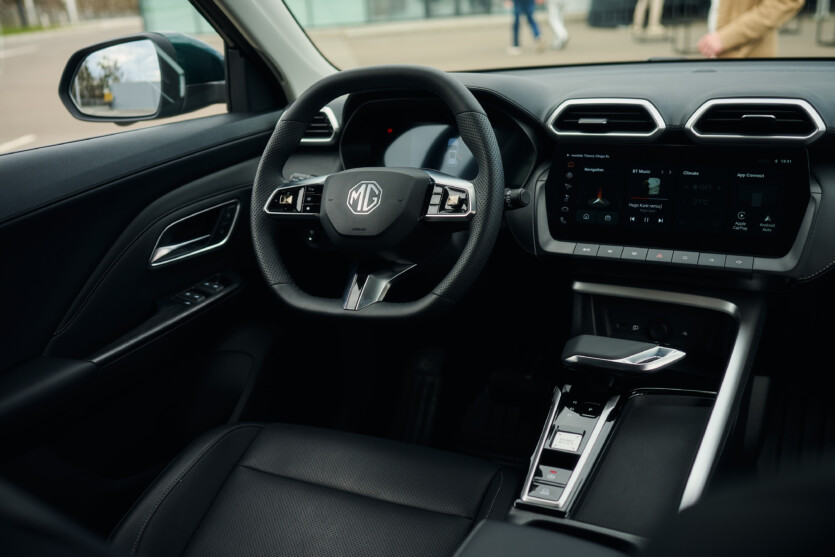
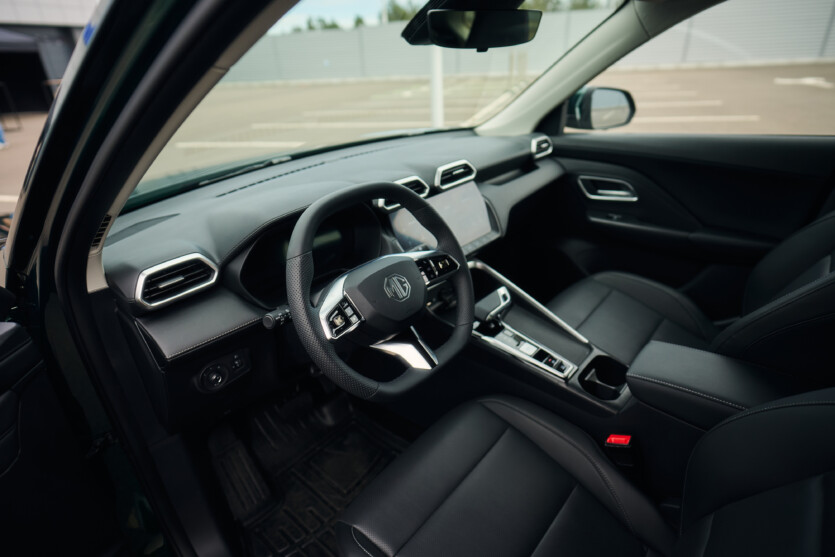

Underneath all the beauty are the familiar motors and boxes, as well as the same suspension, though slightly modified. The front multi-linkage structure has been updated with new levers and stabilizers. The subframe was slightly strengthened, and the mounting brackets were strengthened.
The torsion beam remains at the rear, but now it has also been strengthened, more modern and lightweight shock absorbers have been installed, as well as a new bushing that contributes to improved absorption of vibrations during driving.
But the main new feature is the MG ZS HEV hybrid transmission. According to the developers, it is both unique in design and in marketing, and the ZS promises to be the most affordable hybrid crossover in Europe. It is true — hybrid versions of the Hyundai Kona, Nissan Juke, and Renault Captur are slightly pricier, although the crossovers themselves are in the B-SUV class.
The same is true in our market, where the Jeep Avenger, Honda HR-V, Toyota Yaris Cross, and Toyota CH-R are in the hybrid compact crossover niche. Therefore, to prevent journalists and users from getting confused by different types of hybrid systems and to understand all the intricacies, the MG dealer invited us to a special technical training.
From the basics to uniqueness
The world of hybrid cars has been evolving rapidly in recent years, and each automaker is looking for new effective approaches to avoid being copied. Currently, two main types of hybrid systems dominate: parallel and series. Each has its own advantages, disadvantages, and scope. But with the new MG ZS HEV, the picture is beginning to change: the British-Chinese brand has introduced a system that combines the best of both worlds and adds something new.
In parallel hybrids (e.g., Toyota Yaris Hybrid, Honda Jazz e:HEV), the internal combustion engine (ICE) and electric motor work together, or alternately, depending on the conditions. In the city, the electric drive has the advantage, while on the highway — the ICE, sometimes both sources work simultaneously for maximum efficiency. The main advantage is adaptability and simplicity of design.
Sequential hybrids (e.g., Nissan Qashqai e-power) work on a different principle: The internal combustion engine does not turn the wheels, but only charges the battery or powers the electric motor, which provides the drive. Such systems feel closer to electric cars, providing smooth traction and stable acceleration.
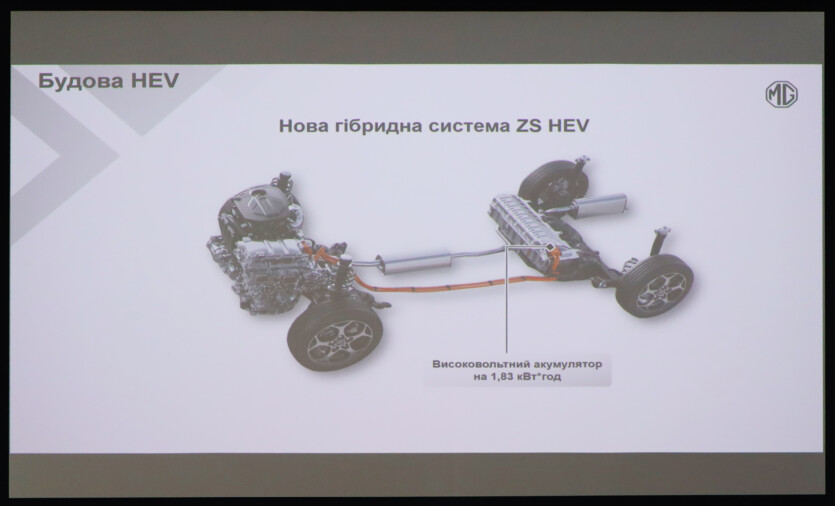
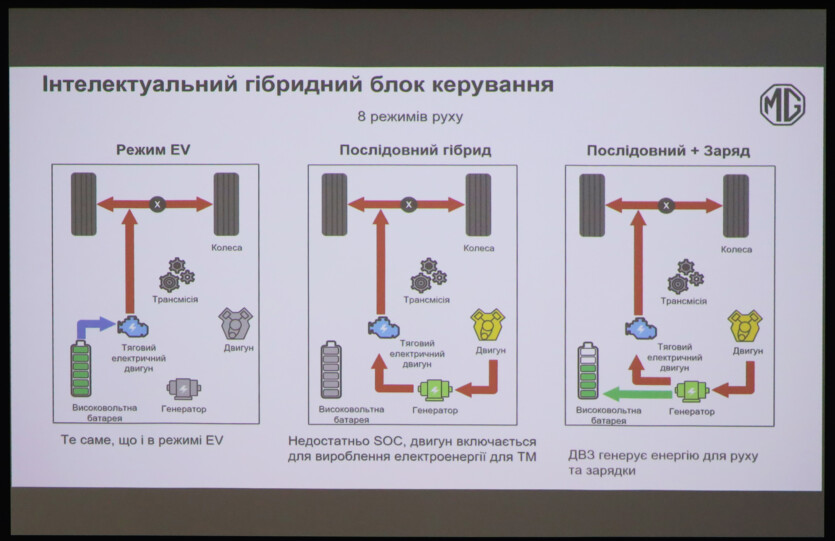
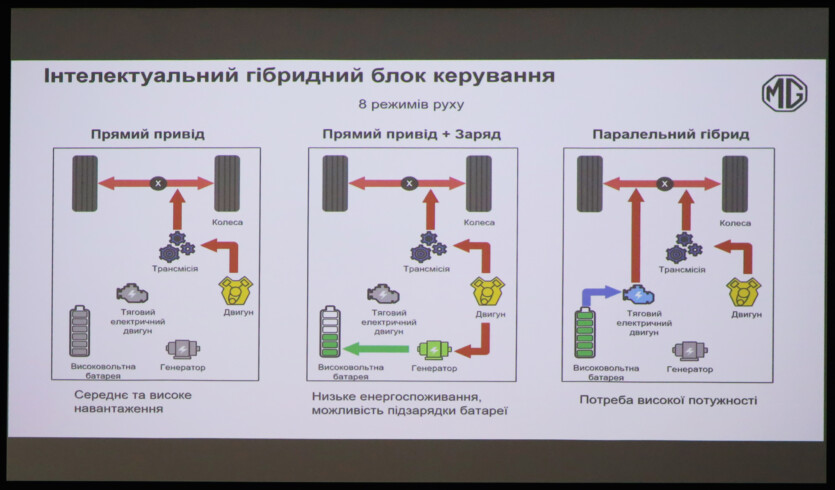
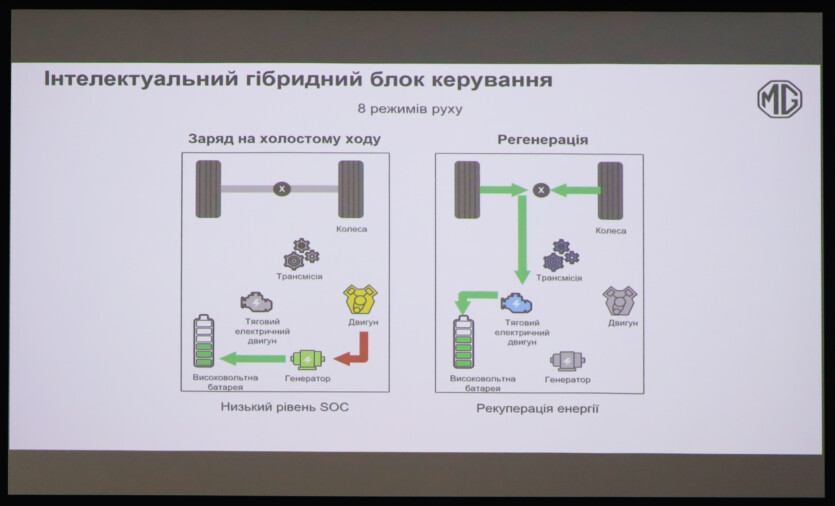
MG did not follow either the standard Japanese or French path. The new MG ZS Hybrid+ doesn’t just combine the two concepts — it creates a third type of approach. Its system operates in several modes: electric, serial (sequential), parallel, and hybrid. Thanks to this, the car can adapt to any conditions — from the daily city cycle to long journeys with high loads. It sounds interesting, but in practice, questions arise.
A key feature of the MG ZS Hybrid+ is the iEM (intelligent Electric Management) system. It automatically determines the optimal operating mode based on load, speed, battery level and road conditions.
MG is present in the structure of the hybrid:
- 1.5-liter Atkinson Cycle atmospheric engine — provides high fuel efficiency;
- A 100 hp electric motor is the main source of traffic in the city;
- an electric generator that charges the battery while the engine is running;
- automatic transmission of the EDU (Electric Drive Unit) type — provides a stepless change of traction;
- a lithium-ion battery with a high-energy density located under the trunk floor.
The powerplant of the MG ZS Hybrid+ is made with an emphasis on the electrical part. The architecture is based on an atmospheric «four» (1500 cc, 102 hp and 128 Nm), a starter-generator (45 kW, 140 Nm), a lithium-ion battery and a traction motor integrated into a 3-speed hybrid automatic transmission. As a result, the average efficiency of the hybrid system is as high as 96.7%.
The internal combustion engine operates on the Atkinson economic cycle and has several unexpected solutions. The compression ratio is as high as 16:1. There is a timing chain, but no drive belt. But there is a dual-circuit thermostat and an electric cooling pump. A high-voltage air conditioning compressor that does not draw engine power.
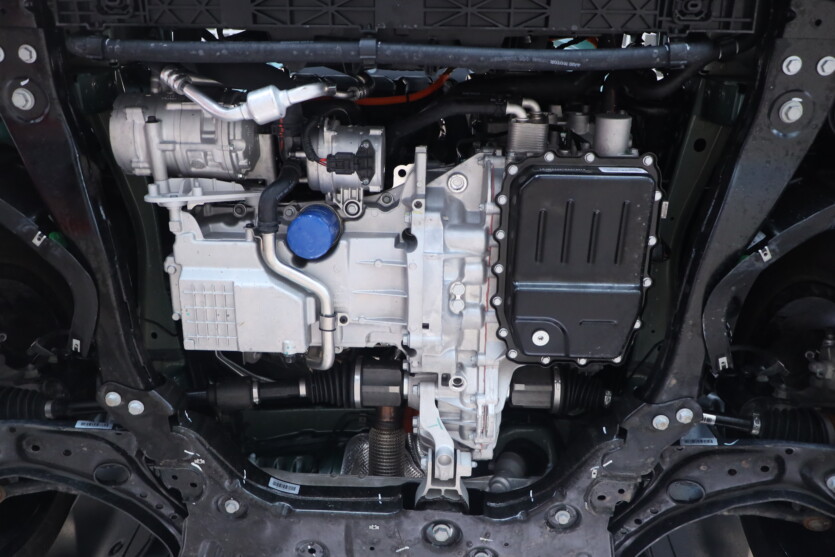
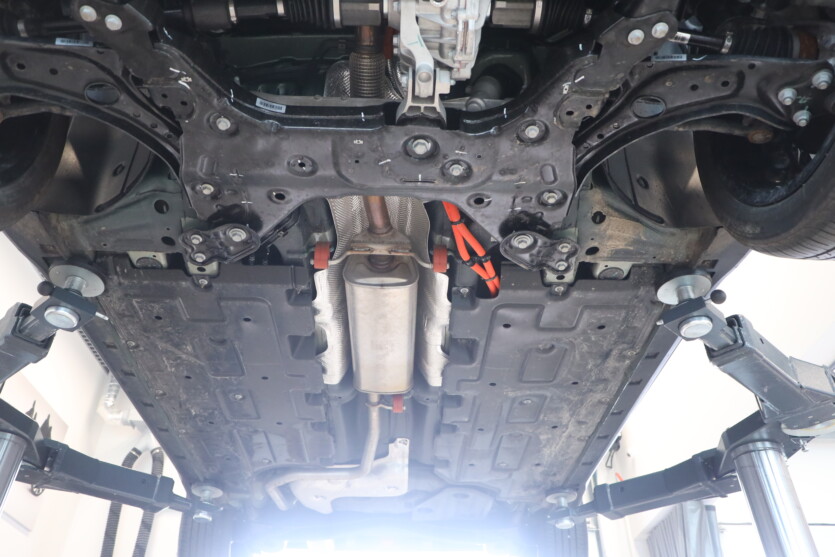

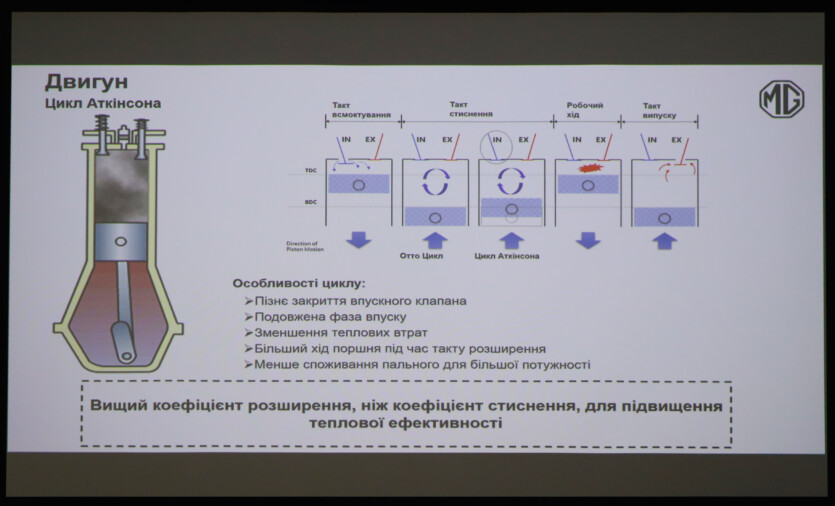
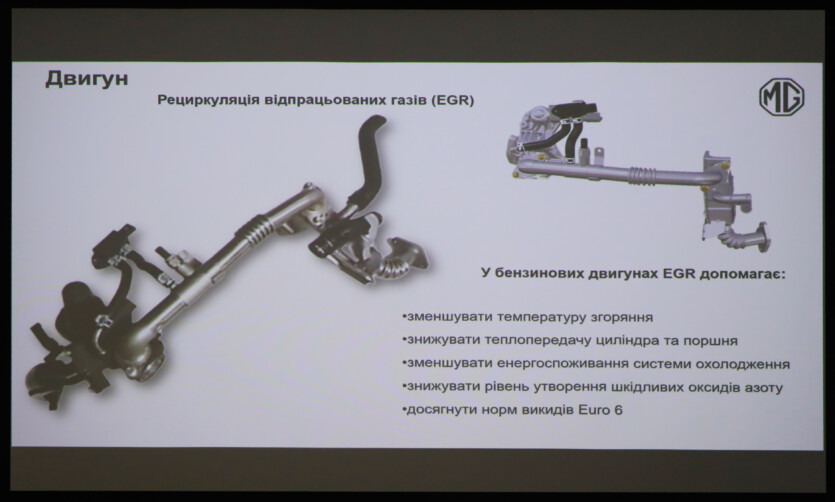
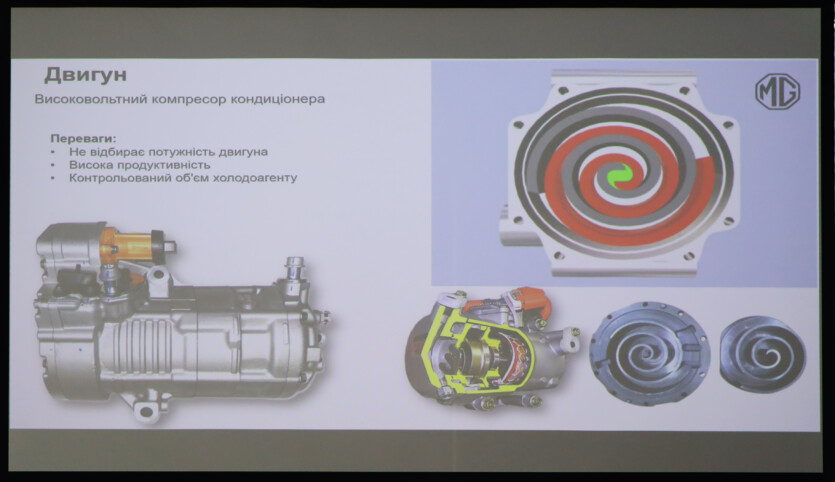
Among other features of this engine is the EGR exhaust gas recirculation technology, thanks to which the car meets the Euro 6 environmental standard. As a result, the engine has a fairly high thermal efficiency (thermal efficiency) of 41%.
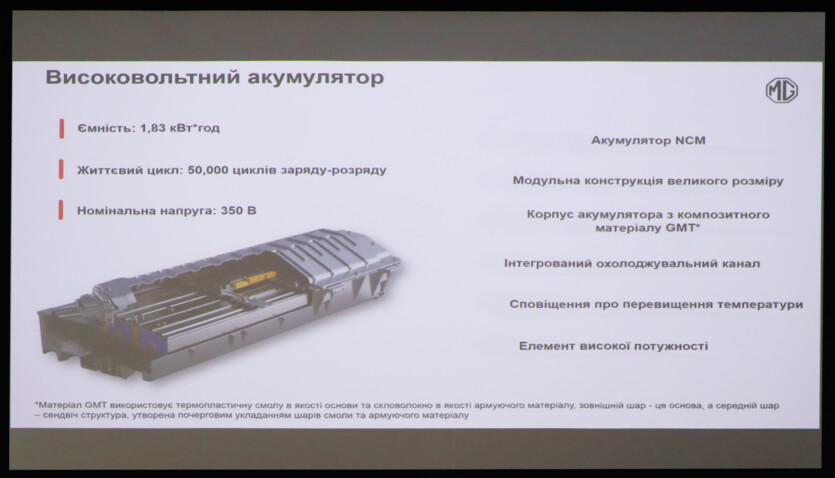
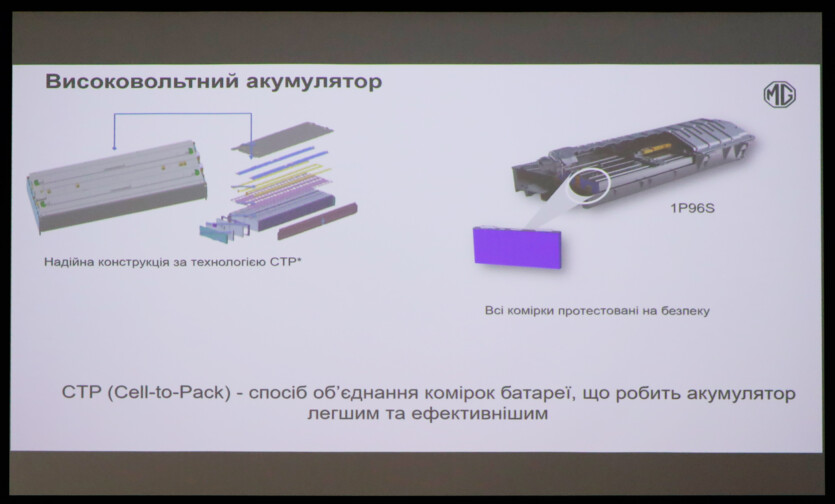
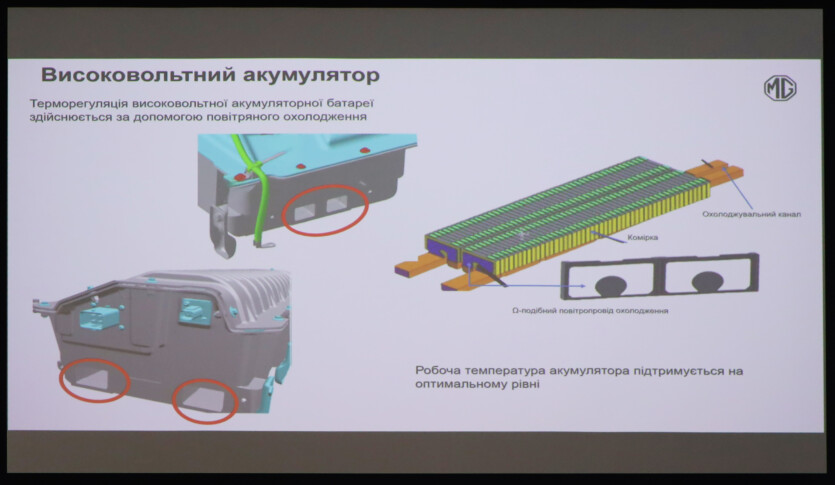
The battery pack (Li-ion) has a rather high-energy intensity of — 1.83 kWh, while most hybrids do not exceed 1 kWh. The battery’s lifespan is 50 thousand charging cycles. There are also innovations in the layout. For maximum safety, its body is molded from a heavy-duty GMT composite. All 96 cells (1P96S) are connected into one battery using the Cell-To-Pack principle. The battery itself is air-cooled.
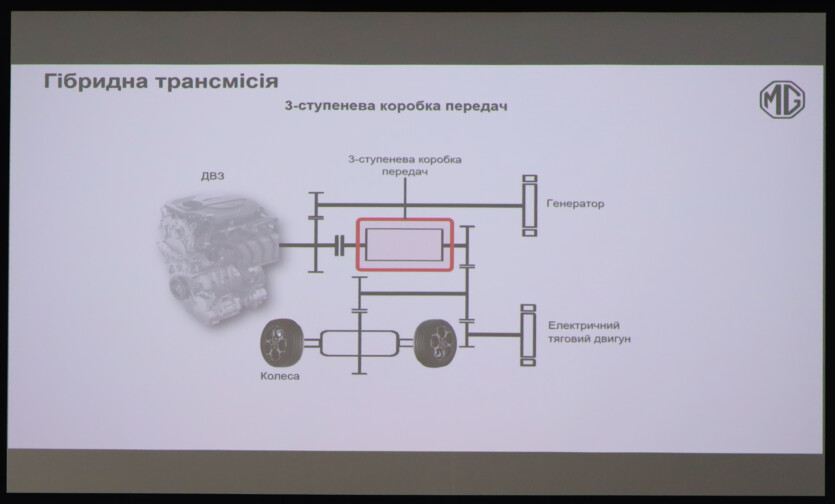

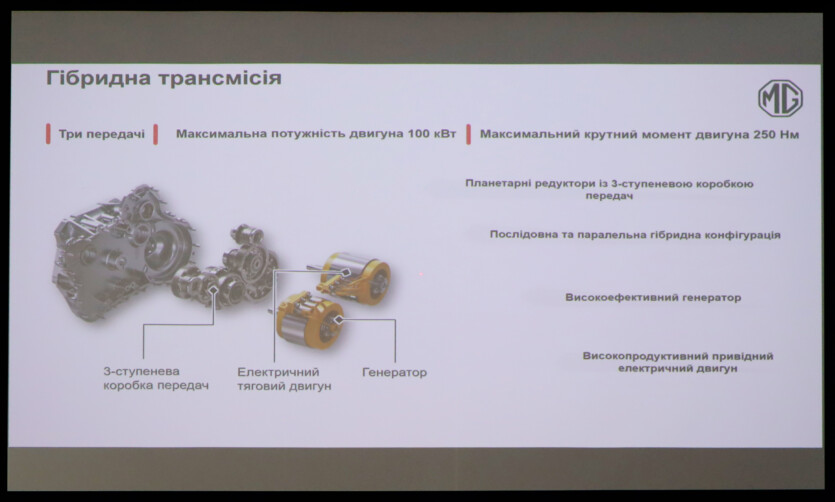
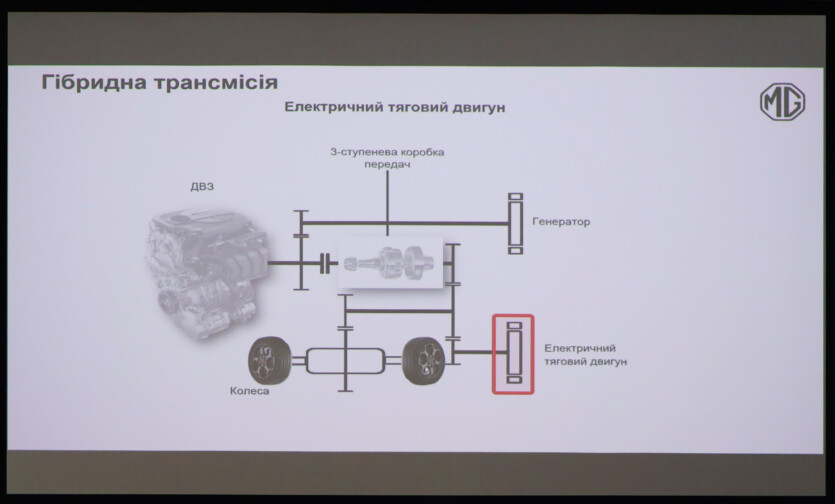
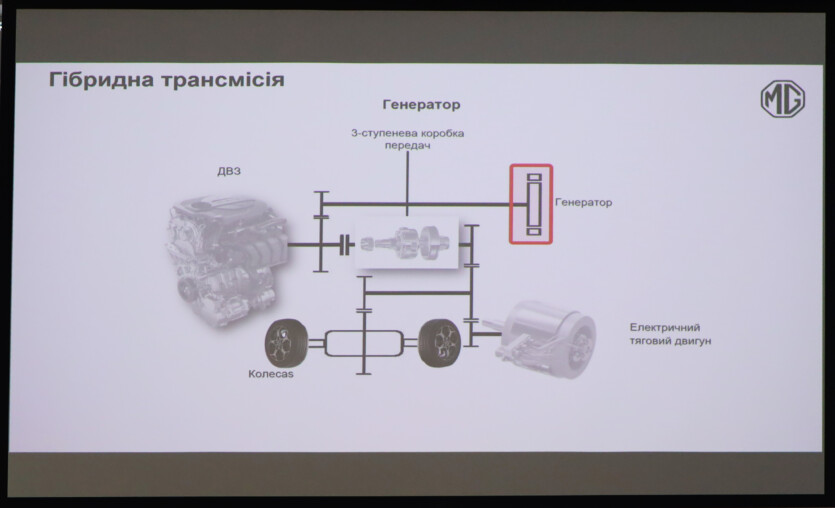
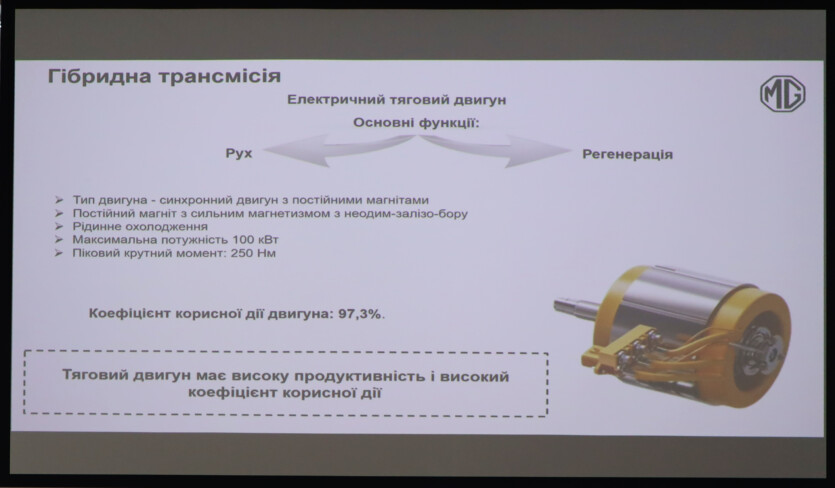
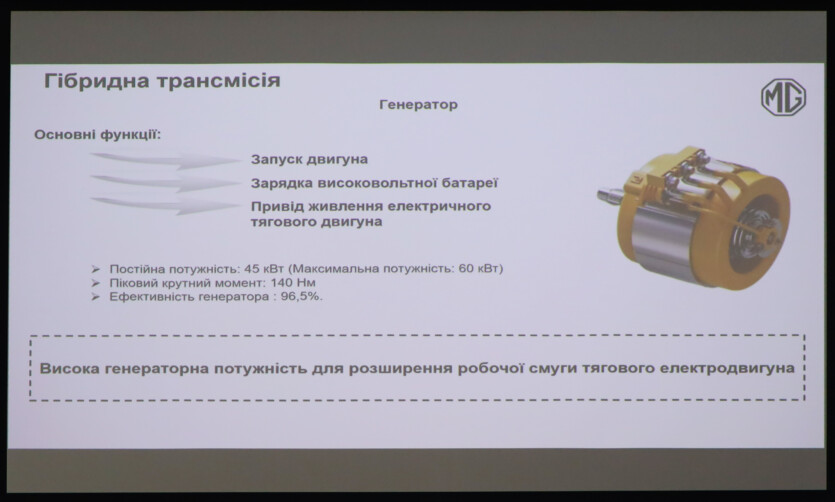
The 100 kW (250 Nm) permanent magnet synchronous motor (neodymium-iron-boron) is liquid-cooled. It can operate as a generator and transmit torque to the wheels. It works both with a starter generator and separately. The 48V generator itself also recharges the battery, starts the engine, and works with the electric motor.
The unique feature of the hybrid transmission is the use of planetary gears in the 3-speed (low, straight, and overdrive) transmission. Thanks to it and the intelligent HCU control unit, the hybrid system can operate both as a series and parallel hybrid. Depending on the amount of charge, throttle opening angle, driving mode and temperature, it activates one of eight hybrid system presets.
How does the real-time system work?
The MG ZS Hybrid+ starts in electric mode, providing a quiet start and low-speed driving, but it cannot run on the battery for a long time — it is not a PHEV. Then, depending on the load, the serial mode is switched on, where the internal combustion engine generates current without turning the wheels. This is good for the city — quiet, smooth, minimal consumption.
During active overclocking or on the track, the system switches to parallel mode when both sources operate simultaneously. This ensures maximum performance. And in conditions of stable speed on the highway, it is possible to switch to hybrid mode, where the internal combustion engine takes over the main thrust, and the electric motor supports it if necessary. There is a slightly delayed response to the accelerator, which is typical for hybrids, but the mode change is quite smooth — for this, a separate advantage. Recuperation works, but not as aggressively as in Renault or Hyundai — the driver will have to use the brake more often.
The price of technology
The price for the base ZS with a 1.5-liter gasoline engine (114 and 116 hp, 150 Nm) and a manual transmission starts at $18,680 (773,682 UAH). The version with the CVT 180 is priced at $19,980 (UAH 827,525). In addition, this «atmospheric» can consume A-92. There is also its turbocharged (170 hp, 230 Nm) Lux version for $23,800 (985,741 UAH), but it is only paired with a 6-speed automatic transmission (updated CVT 280). Unfortunately, all of them are exclusively front-wheel drive — there are no 4×4 versions and are not expected.
But the Hybrid+ will be sold only in the rich Lux package for $26,980. It includes adaptive cruise control, a rearview camera, climate control, and a sextet of airbags. However, the prices for the electric train have not yet been announced, as well as whether it will be offered in our market.
PROS:
High flexibility of the hybrid system;
Technological filling at an attractive price;
Quite a spacious car with good equipment as standard;
Good smoothness in the city.
CONS:
It is not known how the system will behave in long-term operation.
Conclusion
The MG ZS Hybrid+ is an ambitious attempt to make a hybrid «for all occasions». It clearly demonstrates what the next step in the development of hybrid systems — universal, smart, and efficient, can be.
The idea of a multimode hybrid transmission looks interesting, and at a nominal cost, it gives the consumer a lot. However, in the real world, it still needs to prove its efficiency, reliability, and real economy. Compared to experienced rivals, MG looks like a promising player, but not without questions.
For those who are looking for a hybrid not just as a marketing sticker, but as a proven cost-optimized solution, — Toyota or Renault are still the more predictable choices. However, the MG — is a chance to get more features for less money, and for many, this can be decisive.



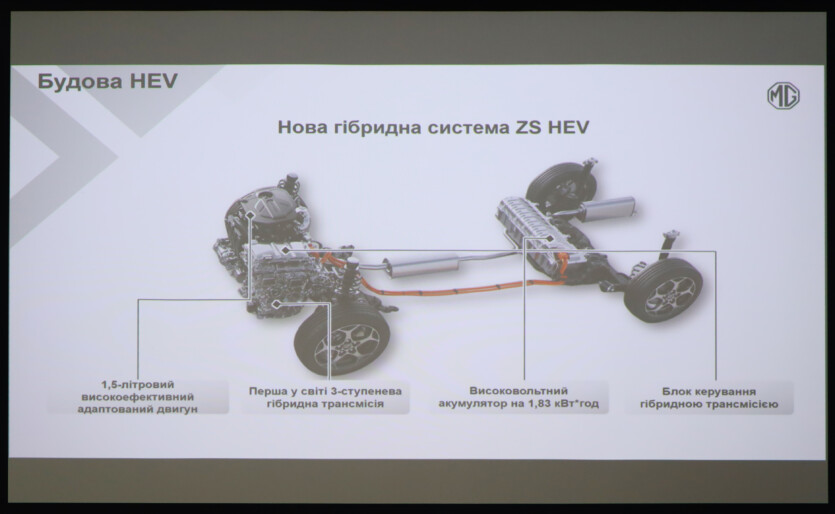
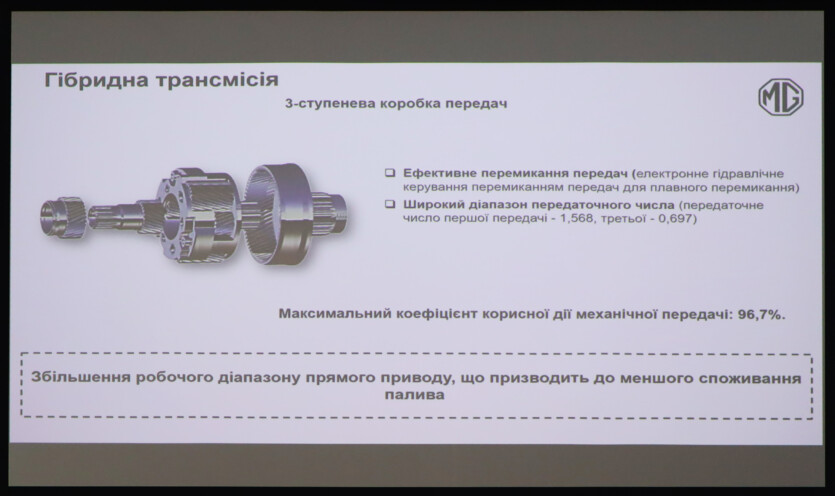
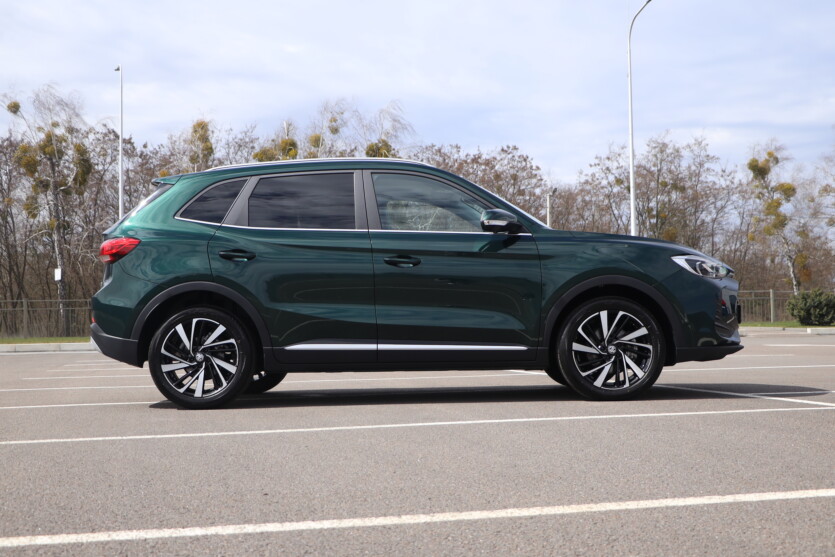
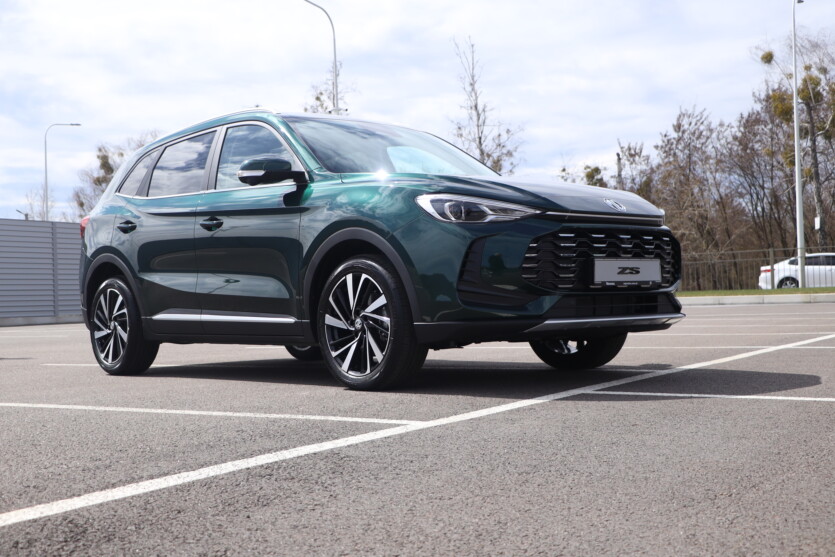
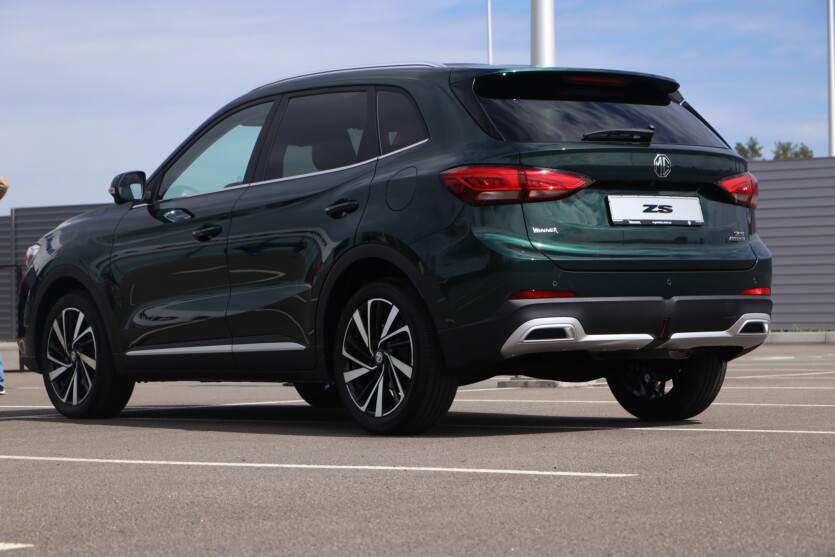
Spelling error report
The following text will be sent to our editors: